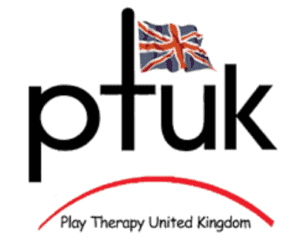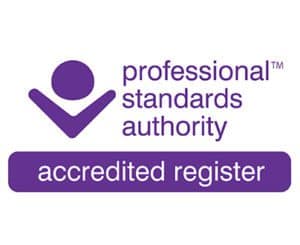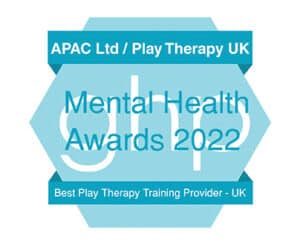Private and public sector organisations have been developing and using competencies and competency frameworks for about 20 years. Originally competency based criteria were developed for very specific applications – one set for designing training programmes, another as a basis for remuneration scale grading etc rather as PTUK had first conceived the Play Continuum as a communications tool. However it was soon realised that a competency framework could be applied across a full range of human resource processes. We believe that it may be extended to a full range of professional processes.
- A common set of criteria for all professional processes has two main benefits: It provides the basis of a common (international) language for describing the effectiveness of its members both internally to the profession and even more importantly externally to its clients and other customers.
- An opportunity to achieve a high level of consistency when measuring quality of service and assessing performance.





